


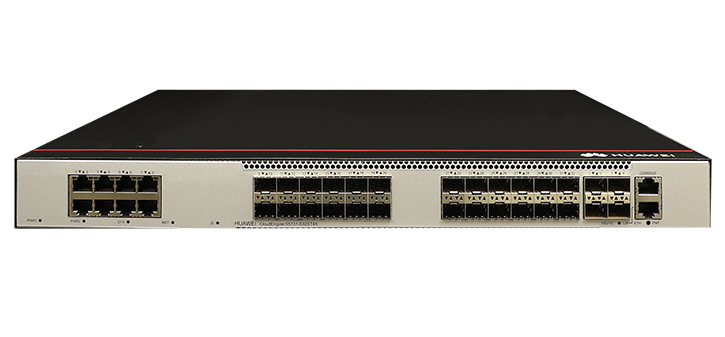




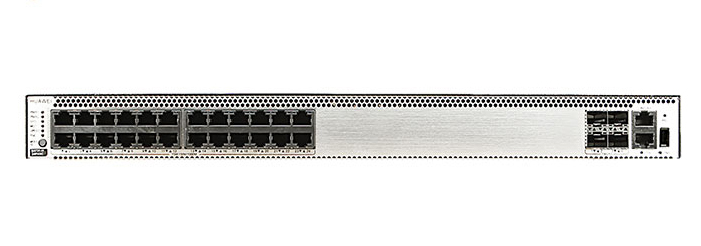






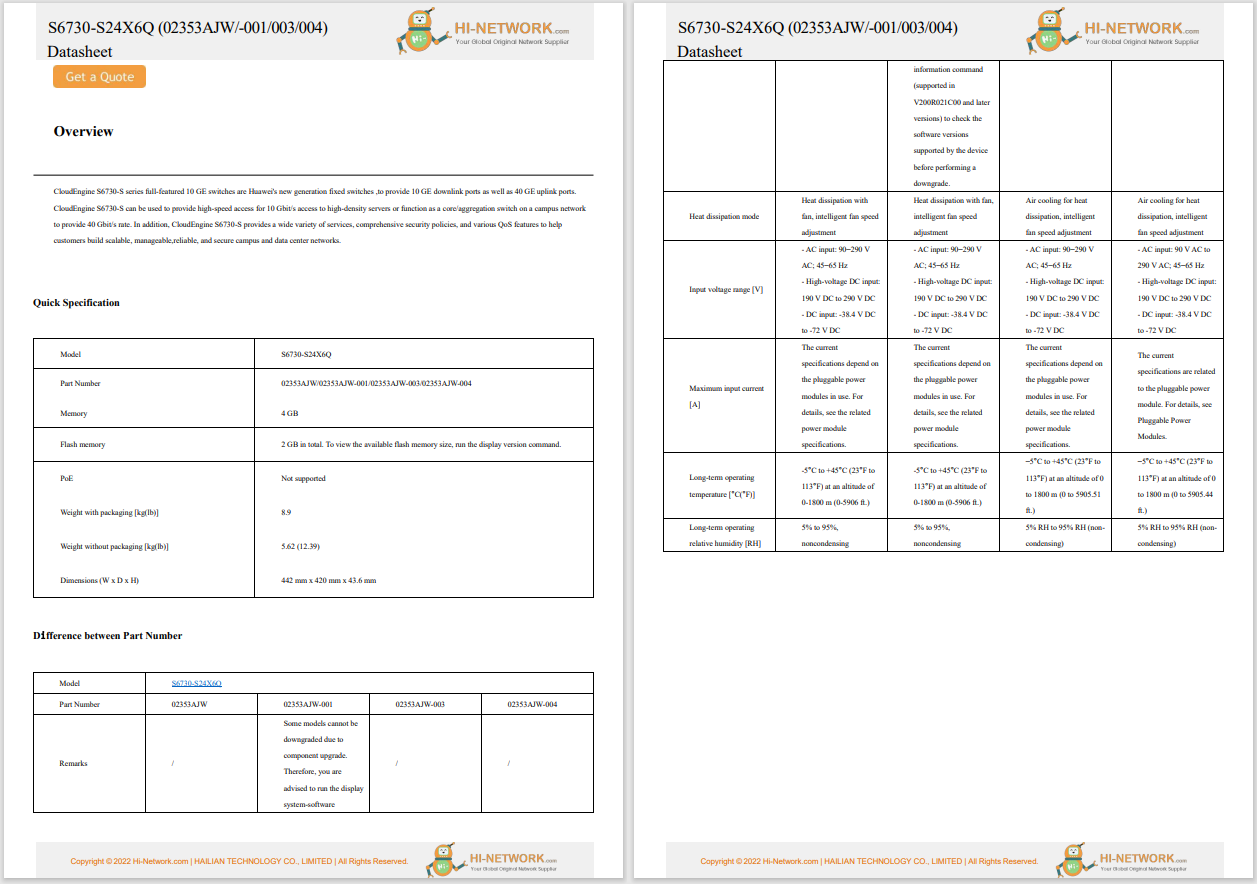

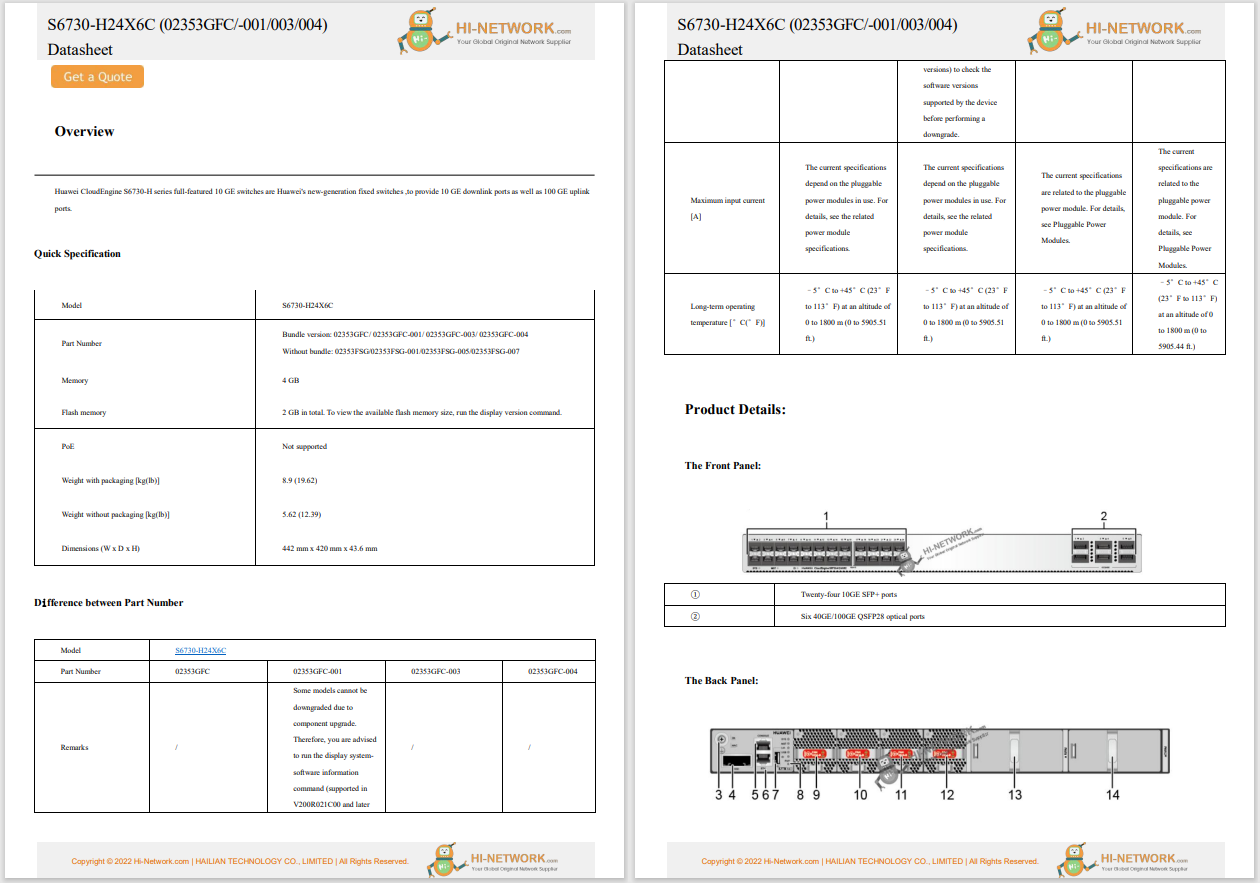





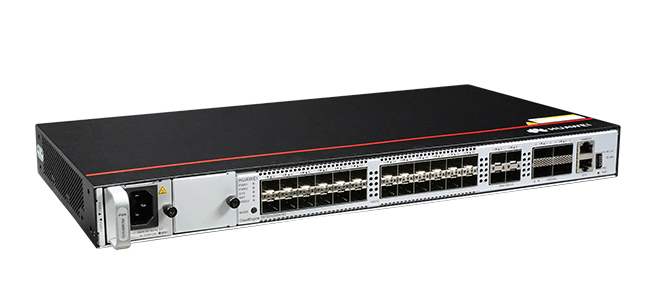




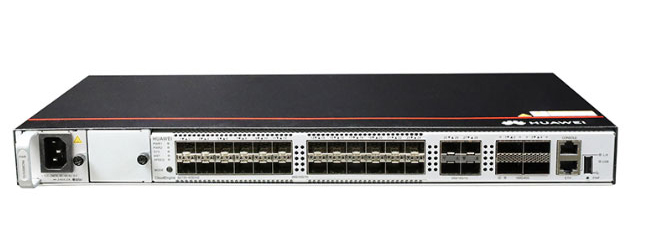




Your mobile phone is a treasure trove of personal and confidential information. That's why it's a prime target for hackers who want to compromise or steal your data. Through malicious apps and websites, phishing attacks, and other threats, an attacker can gain control of your device through spyware. But how can you tell if your phone has been hacked or tapped?
Also: Biometrics vs. passcodes: What lawyers recommend if you're worried about warrantless phone searches
Amy Clark, managing editor of consumer reviews site Techreport, has put together a helpful guide on the threat of phone hacking. The guide shares advice on how to tell if your phone may have been hacked and how to fight back against the hacker.
1. Battery drains more quickly than usual. Any spyware installed on your phone is constantly running to snoop on your activity and send the data to the hacker. This means that your battery is going to drain faster than usual. Be aware of any unusual drops in your battery charge. Check your phone's battery settings to see if the level is falling more dramatically.
2. Your phone is running more slowly. Does your phone feel more sluggish than usual, or are apps crashing or freezing? Those could be signs that someone has hacked into your device. Keep track of how long it takes to launch apps or carry out other actions to gauge if the performance is lagging.
3. Unfamiliar logins. Social media sites will sometimes alert you if they detect an unusual login attempt, such as one from an odd time of day or a faraway location. A notice like this could indicate that someone has gained control of your mobile device and is trying to sign in with your account credentials. In that event, make sure you change the password for the affected account.
4. Available storage space has dropped. Even though spyware isn't visible, it does chew up storage on your phone. If you think you've lost free space, check your used storage under settings. Assuming you haven't installed any apps or added content recently, see if the amount of used space is higher than when you last checked.
5. Apps you didn't install. If you do spot an app that you don't remember installing, a hacker could be responsible. Review all the installed apps on your phone for any you don't recognize and remove them.
If you believe your phone has been hacked or tapped, how can you fight back? One inventive suggestion from Clark is to use a USSD code. Typically offered by your mobile carrier, USSD (Unstructured Supplementary Service Data) codes are short series of numbers that you can enter on your phone's keypad to check your payment balance, troubleshoot technical problems, and access special features.
Even better, certain USSD codes can tell you if your calls are being redirected to a different phone number, a sign that your device has been hacked. Other codes can then stop the redirection.
Also: 5 ways to avoid spyware disguised as legit apps - before it's too late
As Clark explains, there are two types of call forwarding: conditional and unconditional. Conditional forwarding occurs when a certain condition is met, such as not answering the call or turning off your phone. Unconditional forwarding occurs regardless of the status of your phone.
Using a USSD code is easy. Just open the Phone app on your phone, select the keypad, and enter the code. You may also have to press the Call button.
Here are several helpful USSD codes recommended by Clark.
Also: Why rebooting your phone daily is your best defense against zero-click attacks
You can also manually reset an iPhone or Android phone. On an iPhone, go to Settings, select General, and then tap Transfer or Reset iPhone. At the next screen, choose the option for "Erase All Content and Settings" and follow the steps to reset your phone. On an Android phone, go to Settings, look for Reset Options or a similar setting, and then follow the steps to run a factory reset.
Stay ahead of security news withTech Today, delivered to your inbox every morning.
 Горячие метки:
Технологии и оборудование
Горячие метки:
Технологии и оборудование